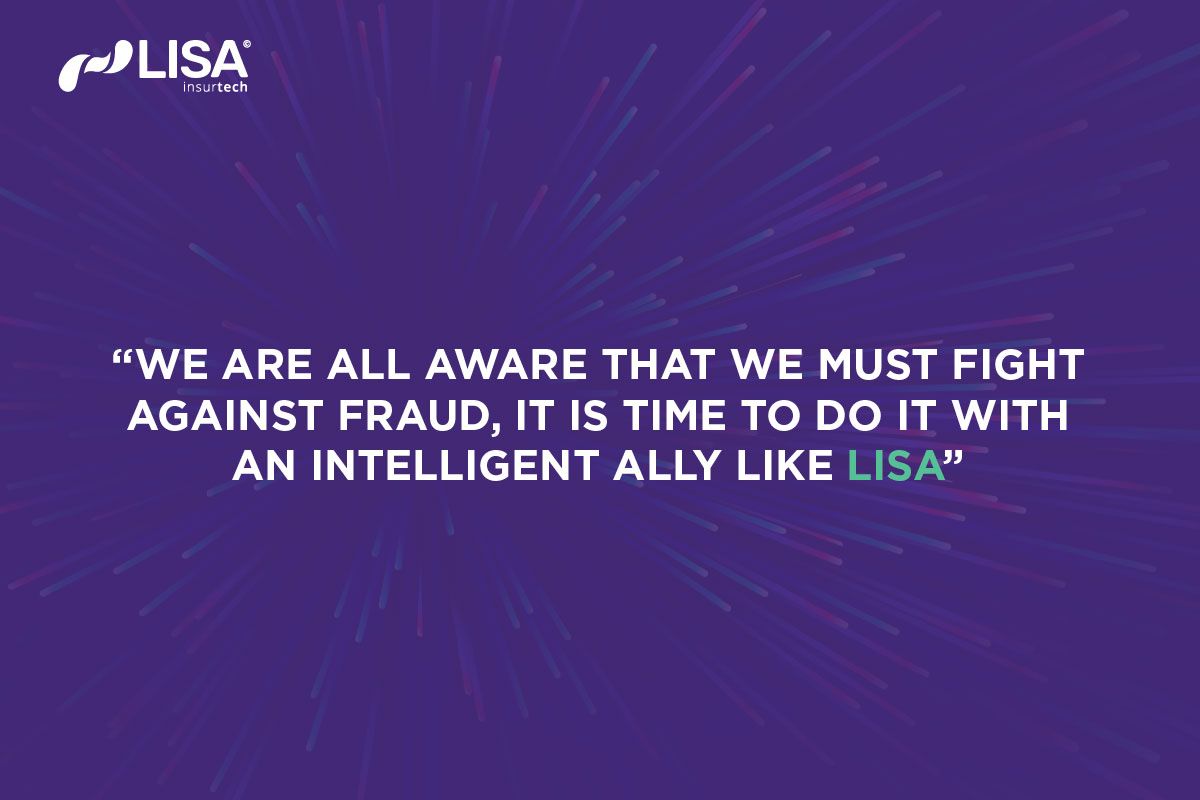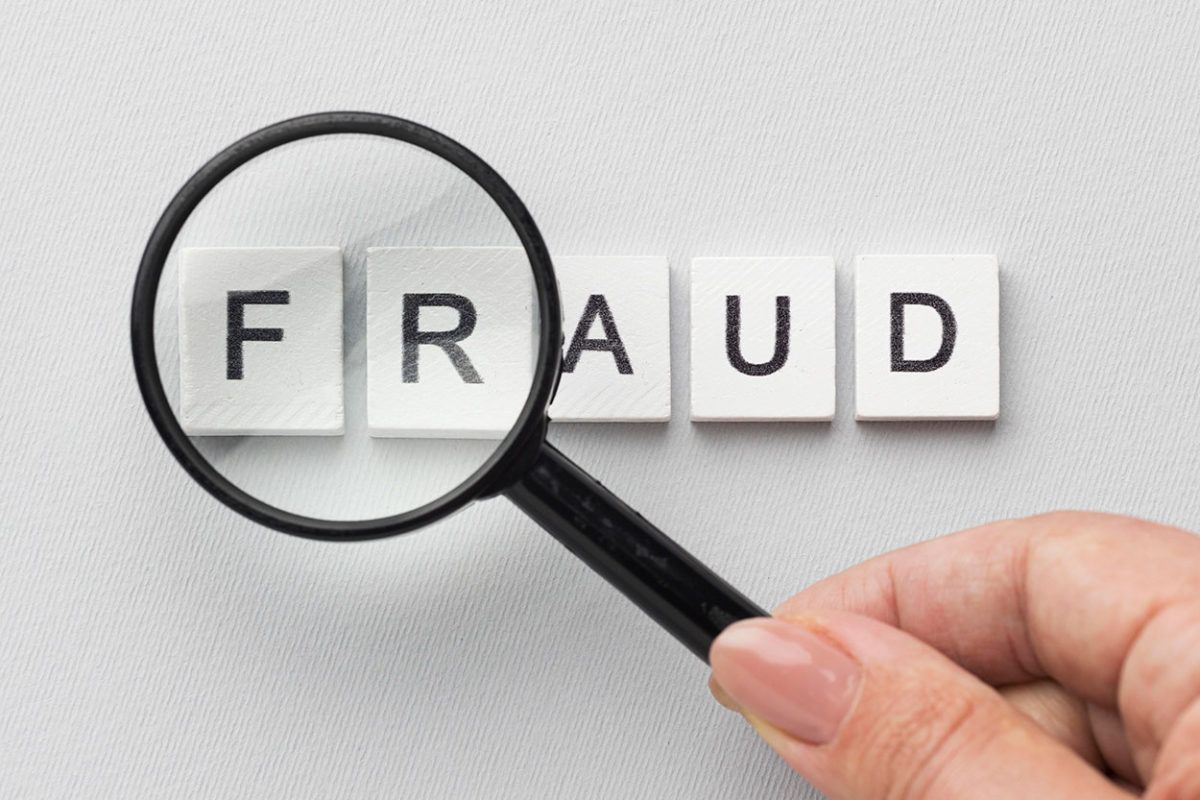Fraud is inherent to the nature of insurance. This, because only a few companies are really able to make the benefits of a policy tangible without the occurrence of a loss, which makes policyholders feel that the value paid is an expense and not an investment for the prevention of a risk.
Attempting to take advantage of a policy can range from exaggerated claims, misrepresentation of information or even staging a claim.
According to the definition of insurance fraud, it is «any act committed in an administrative, operational and/or indemnity process with the intention of obtaining a benefit to which the perpetrator, insured and/or claimant would not have been entitled if they had told the truth, generating an impact on the affected party (generally economic)«.
The above is understood not only for proven and gross fraud but also for its intent, which is the vast majority of events that occur in an insurance company. We are talking about those occasional fraudsters who seek to take advantage of an eventuality and although less severe than structured fraud, both are malicious and should not be tolerated.
Organizations such as the ACFE (Association of Certified Fraud Examiners) estimate that insurance fraud accounts for about 10% of total claims received on average for all lines of business.
Insurance companies have developed different strategies to manage fraud risk. Some of them have specialized units for prevention (SIU – Special Investigations Unit), while in others are the actors themselves who manage operations based on their own experience.
Only a few companies employ fraud prevention software, although it is estimated that those companies that don’t prevent 1,5% of fraud at best.
Risk events are defined from desk and field research processes, not only incurring significant costs and diluting savings, but also impacting effectiveness, since we know that fraud is dynamic and, in many cases, the defined controls become obsolete in a short time.
Understanding that under the fraud triangle there must be a need, an intention and an opportunity, we only have control over the latter because the others are the fraudster’s own. The most effective way to manage fraud is with dynamic controls, adjusted with data analysis according to the needs of the process, seeking not only to detect and manage fraud but to attack it even before it is acquired by the company, thus avoiding the risk.
Part of the problems that insurers face in this area is that the volume of data and its recording is complex, which prevents a correct analysis and definition of reference guides to identify suspicious events.
LISA Insurtech has a solution that manages fraud through processes based on artificial intelligence and flexibility, using Homero (AI documentary) and Burns (AI images) as the basis for the extraction of detailed information for the claim and the automaton that performs the analysis for decision making.
This implies that in the analysis process artificial intelligences can identify patterns, previously charged items or those with a higher value than the average, frequency and severity, among others. This, in conjunction with a powerful static and dynamic rules engine fully managed by the user, without interaction from LISA Insurtech, provides flexibility in the adjustment of rules and processes according to requirements.
In the process, we must not only consider how to identify fraud, but we must also manage the investigation processes and their results to account for savings. This involves selecting suppliers, monitoring service agreements, reading reports and recording fraud values and intent.
These complementary processes are often managed manually by insurance companies, generating inconveniences and not showing the real effectiveness of the implemented controls. LISA Insurtech allows this to be done automatically, issuing follow-up communications to ensure compliance with service agreements and the stability of the operation according to current needs.
These systems enable prevention and also detect 5% of all fraudulent claims, generating a significant increase in efficiency and constantly growing given the self-learning nature of the process.
We are all aware that we must fight fraud – today we can do it with a smart ally like LISA Insurtech!









